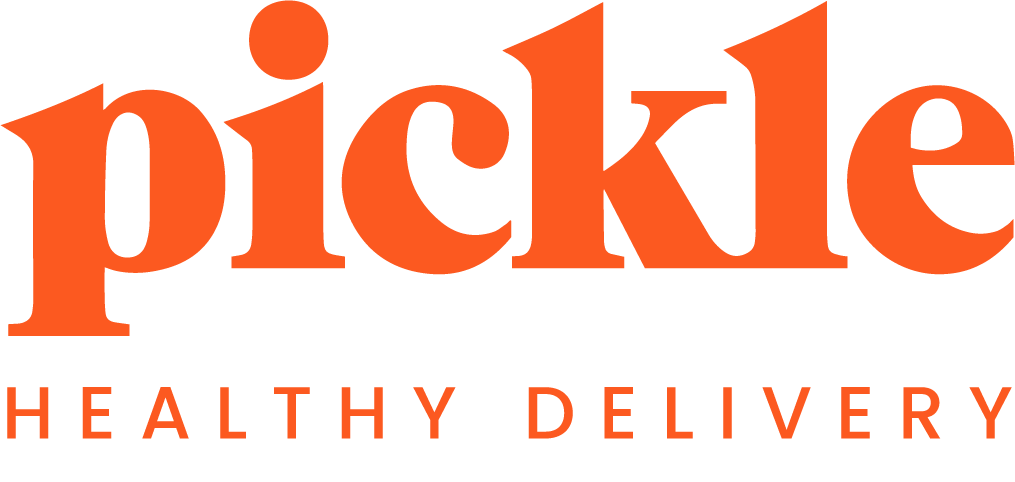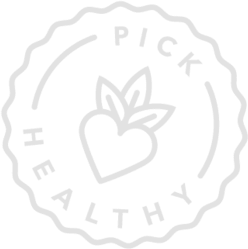Diet Plan vs. Sustainable Healthy Eating — What’s Best for You?
The Filipino Diet Culture: Why Quick Fixes Are Popular
Why Do Filipinos Love Diet Trends?
Crash diets and meal replacements have become wildly popular in the Philippines, especially with the rise of social media. Fad diets like keto or low-carb plans are often viewed as quick solutions for weight loss. But are they really effective?
- Statistics: According to recent studies, a significant percentage of Filipinos try at least one restrictive diet per year. Unfortunately, most abandon them within the first two months.
- Cultural Influences: From the allure of Westernized diet trends to Filipino fiesta culture—which revolves around indulgent dishes like lechon and kaldereta—quick fixes are tempting but often incompatible with our food traditions.
The Catch with Diet Fads
Although crash diets may deliver rapid weight loss, they’re often unsustainable and leave you frustrated. That’s why exploring other options, like sustainable healthy eating, is so important.
What is a Diet Plan?
Diet plans often involve strict rules about what and when to eat. Popular examples include keto, intermittent fasting, and low-carb diets. But how well do these structured approaches work?
Pros of Diet Plans:
- Short-Term Results: Many dieters see rapid weight loss within weeks.
- Accountability: Having defined rules makes it easier to track progress.
Cons of Diet Plans:
- Restrictive Nature: Cutting out certain foods can lead to boredom and frustration.
- Nutrient Deficiencies: Highly restrictive diets may deprive your body of essential nutrients.
- Hard to Sustain: Once you stop the plan, it’s common to regain the lost weight.
Key Takeaway: While diet plans might help you shed pounds fast, they often come at the expense of long-term health and mental well-being.
Sustainable Healthy Eating: A Lifestyle, Not a Trend
Unlike rigid diet plans, sustainable healthy eating promotes nourishment, variety, and balance. Rather than short-term fixes, it’s about developing habits that last a lifetime.
What Does it Mean to Eat Sustainably?
- Focus on Whole Foods: Incorporate fruits, vegetables, lean proteins, and whole grains.
- Local and Fresh: Celebrate Filipino staples like brown rice, fish, and seasonal produce.
- Mindful Moderation: Enjoy your favorite dishes—yes, even crispy pata!—in reasonable portions.
Why It Works Long-Term
Sustainable healthy eating is flexible, focusing on what you can eat rather than what to avoid. It fosters a positive relationship with food and supports consistent progress.
Local Insights: Adapting Healthy Eating in the Philippines
Maintaining a healthy lifestyle in the Philippines presents challenges, but it is far from impossible.
Common Obstacles:
- Cost of Healthy Ingredients: Fresh produce and organic options can be expensive.
- Fast Food Culture: The accessibility of convenient, greasy food makes it tempting.
Practical Tips to Overcome Barriers:
- Explore CSAs (Community-Supported Agriculture): Many Filipino farmers’ markets now offer fresh produce at affordable rates.
- Prep Ahead: Dedicate one day a week to meal prep using locally available ingredients.
- Travel with Snacks: Avoid unhealthy choices by keeping healthy snacks like mixed nuts or dried mangoes handy.

Comparing the Benefits
Factors
Diet Plan
Sustainable Healthy Eating
Results
Rapid weight loss
Gradual, long-term results
Cost
Often expensive
Affordable with local produce
Health Impact
Nutrient deficiencies
Balanced nutrition
Sustainability
Hard to maintain
Easy to adopt long-term
Mental Well-being
Restrictive and stressful
Encourages positive food relationships
Clearly, sustainable healthy eating is the better long-term option for both your physical health and overall happiness.
Practical Tips to Start Your Sustainable Healthy Eating Journey
Gearing up for a healthier lifestyle doesn’t have to be overwhelming. Start with these steps:
- Follow the Plate Proportion Rule: Aim for ½ vegetables, ¼ protein, and ¼ whole grains in every meal.
- Experiment with Filipino Ingredients: Build meals around versatile staples like malunggay, camote tops, and tilapia.
- Hydrate & Snack Mindfully: Replace sugary soft drinks with fresh buko juice or infused water, and enjoy fruits or nuts as snacks.
- Use Apps for Tracking: Platforms like MyFitnessPal and Yumly can help you plan meals and monitor your progress.
Final Thoughts
When it comes to choosing between a diet plan and sustainable healthy eating, it all boils down to your goals and lifestyle. If you’re looking for fleeting results, a diet plan might work briefly. But for those striving for lasting health improvements, sustainable healthy eating is the answer.
Small changes lead to big results over time. Start with one healthy habit today and watch it snowball into a lifestyle of wellness.
Want to make your healthy eating journey easier? Subscribe to our exclusive plan today for access to weekly tips, healthy Filipino recipes, and guidance tailored to your goals.
Join our community of health-conscious Filipinos and succeed in building a lifestyle you’ll love!
We Make It Easy To Pick Healthy.
Established since 2015. We are a healthy food delivery service offering delicious calorie-controlled and macro-balanced meals. Prepared by chefs and nutritionists with your health in mind.

